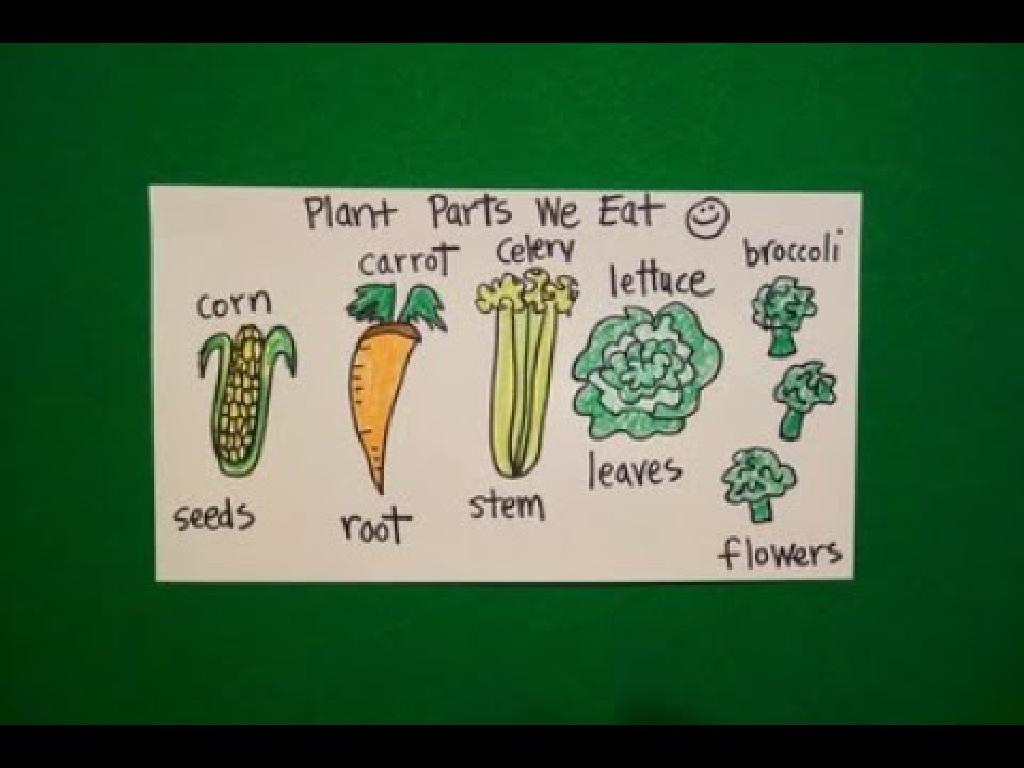The Legal System
Subject: Social studies
Grade: Eighth grade
Topic: The Constitution
Please LOG IN to download the presentation. Access is available to registered users only.
View More Content
Introduction to the Legal System
– Foundation of U.S. laws
– Laws are based on the Constitution, which embodies the country’s principles.
– Constitution’s role in law
– The Constitution sets the framework for law creation and enforcement.
– Legal system’s daily impact
– Laws influence various aspects of daily activities, rights, and responsibilities.
– Exploring law in everyday life
– Case studies: traffic laws, school rules, and consumer rights.
|
This slide introduces students to the legal system of the United States, emphasizing the Constitution as the cornerstone of all laws. It’s crucial to convey that the Constitution is not just a historical document but a living one that continues to shape our legal system and governance. Discuss how laws derived from the Constitution affect everyday life, from the rules we follow on the road to the rights we have as consumers. Use relatable examples to help students connect with the material. Encourage them to think about how laws impact their lives and the importance of understanding their rights and responsibilities within the legal system.
The Constitution: A Living Document
– Constitution: Supreme Law
– Amendments and Living Constitution
– Amendments allow the Constitution to evolve with society’s changes.
– Case Study: 19th Amendment
– The 19th Amendment granted women the right to vote in 1920.
– Women’s Suffrage Movement
– A pivotal moment in American history, symbolizing the dynamic nature of the Constitution.
|
This slide introduces the concept of the United States Constitution as a living document, emphasizing its role as the highest form of law in the nation. Highlight the importance of amendments as a means for the Constitution to adapt to changing societal values and needs over time. Use the 19th Amendment as a case study to illustrate this point, discussing its significance in granting women’s suffrage and how it reflects the evolving nature of American democracy. Encourage students to think about how the Constitution’s ability to change has allowed it to endure for over two centuries. Discuss the women’s suffrage movement, its leaders, and the impact of this amendment on society.
Branches of Government and Checks & Balances
– Separation of Powers explained
– Three branches: Legislative, Executive, Judicial
– Checks and Balances system
– Each branch has powers to check the others
– Activity: Matching Branch Powers
– Match specific powers to the right branch
– Ensuring balance in government
|
This slide introduces the concept of Separation of Powers, where the government is divided into three branches: Legislative (makes laws), Executive (enforces laws), and Judicial (interprets laws). The Checks and Balances system is designed to ensure that no single branch becomes too powerful, with each branch having the ability to check the powers of the others. The class activity involves students matching specific powers to the correct branch, reinforcing their understanding of the structure and function of our government. For the activity, consider having students work in groups to discuss and match the powers, or create a game where they can earn points for correct matches. Other possible activities include role-playing scenarios where one branch checks another, or creating a chart that visually represents the checks and balances system.
The Court System in the United States
– Federal vs. State Courts
– Federal courts handle national laws, state courts handle local.
– Supreme Court’s Constitutional Role
– The Supreme Court interprets laws to ensure they align with the Constitution.
– Landmark Case: Brown v. Board of Education
– 1954 case that declared racial segregation in public schools unconstitutional.
– Impact on Civil Rights Movement
– This case was a catalyst for the civil rights movement and the end of ‘separate but equal’.
|
This slide introduces students to the hierarchical structure of the court system in the United States, distinguishing between federal and state courts based on the types of laws they handle. Emphasize the Supreme Court’s pivotal role in interpreting the Constitution, which is the highest law of the land. Highlight the significance of the landmark case Brown v. Board of Education, explaining how it overturned Plessy v. Ferguson and its ‘separate but equal’ doctrine, thus becoming a turning point in the civil rights movement. Discuss the case’s background, the legal arguments presented, and its long-term implications for American society. Encourage students to reflect on the importance of the Supreme Court’s decisions in shaping the nation’s laws and societal norms.
Criminal vs. Civil Law: Understanding the Differences
– Distinction between criminal and civil cases
– Criminal law deals with offenses against society, civil law with disputes between individuals.
– Criminal law: theft, assault cases
– Examples include robbery, vandalism, and violence against others.
– Civil law: lawsuits, property disputes
– Includes cases like contract disagreements, custody battles, and real estate issues.
– Impact on society and individuals
|
This slide aims to clarify the fundamental differences between criminal and civil law, which are two distinct branches of the legal system. Criminal law pertains to crimes that are considered offenses against the state or society at large, even if the immediate harm is directed at an individual. Examples include theft and assault, where the government prosecutes the accused. Civil law, on the other hand, deals with disputes between individuals or organizations, typically over rights and obligations. Examples include lawsuits for breach of contract or property disputes. Understanding these differences is crucial for students as they explore the legal system and its role in maintaining social order and resolving conflicts. Encourage students to think of additional examples and consider the societal and individual impacts of each type of law.
Understanding the Jury System
– Jury’s role in legal proceedings
– A jury examines evidence, applies law, and renders a verdict.
– Jury duty as civic responsibility
– Serving on a jury is a way to participate in the justice system and uphold democratic values.
– Significance of a peer jury
– A jury of peers ensures a fair trial, reflecting a cross-section of the community.
|
This slide aims to educate students on the fundamental aspects of the jury system within the legal process. The jury, a group of citizens, is tasked with evaluating evidence and making impartial decisions in legal cases. Emphasize the importance of jury duty as a civic responsibility that supports the foundation of the justice system and democracy. Discuss why having a jury composed of peers is crucial for fairness, as it represents diverse perspectives and helps prevent bias in trials. Encourage students to think critically about the jury system’s role in ensuring justice and equality under the law. Prepare to facilitate a discussion on the topic, prompting students to consider the value of their future participation in jury duty.
Rights of the Accused in the U.S. Legal System
– Protections under Amendments 4, 5, 6, 8
– These amendments protect against unreasonable searches, self-incrimination, and ensure fair trials.
– Significance of Miranda Rights
– Required police warning to ensure understanding of one’s rights upon arrest.
– Role-play a mock trial
– Understand rights in action
– Observe how legal rights are applied during a trial.
|
This slide introduces students to the rights of the accused as outlined in the U.S. Constitution. The 4th Amendment protects against unreasonable searches and seizures, the 5th Amendment safeguards against self-incrimination, the 6th Amendment guarantees a fair and speedy trial, and the 8th Amendment prohibits excessive bail and cruel and unusual punishment. Miranda Rights are a crucial component of police procedure, ensuring that individuals are aware of their rights if they are taken into custody. The class activity involves a mock trial to help students actively understand how these rights are upheld in the legal system. Teachers should prepare a simple case scenario for the role-play and assign roles to students, such as the accused, lawyers, and jury. Encourage students to use the amendments to argue the case, providing a practical application of their constitutional knowledge.
Class Activity: Drafting Our Classroom Constitution
– Divide into groups for drafting
– Discuss and vote on articles
– Sign the constitution together
– Learn about ratification
– Understand how the U.S. Constitution was ratified through our classroom activity
|
This class activity is designed to give students a practical understanding of the constitutional drafting and ratification process. Divide the class into small groups, each responsible for writing different articles of a Classroom Constitution. This mirrors the way the U.S. Constitution was crafted by different committees. After drafting, groups will present their articles to the class for discussion, simulating the Constitutional Convention debates. Students will then vote on each article, learning about the democratic process. Finally, by signing the Classroom Constitution, students will experience a part of the ratification process. As a teacher, facilitate the activity by guiding discussions, ensuring all students participate, and highlighting the parallels between this activity and the historical events. Possible variations of the activity could include assigning specific roles like ‘President’ or ‘Secretary’ to mimic the roles of historical figures during the Constitutional Convention.






